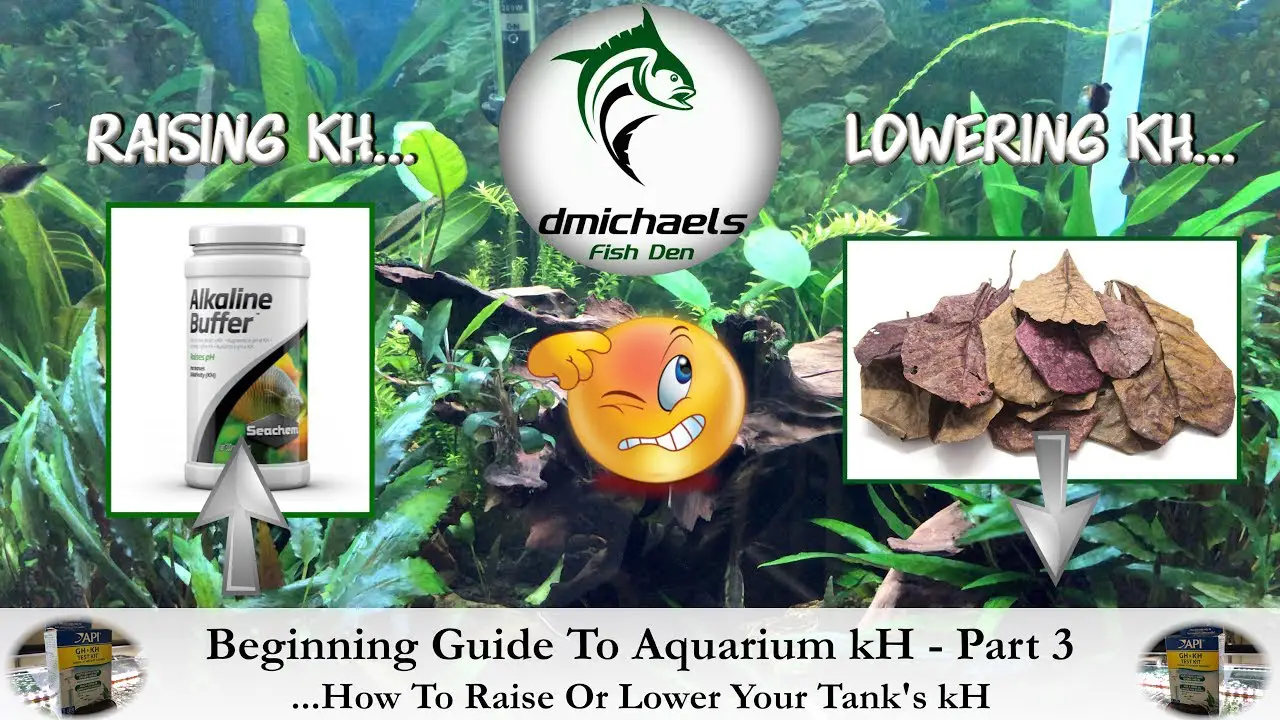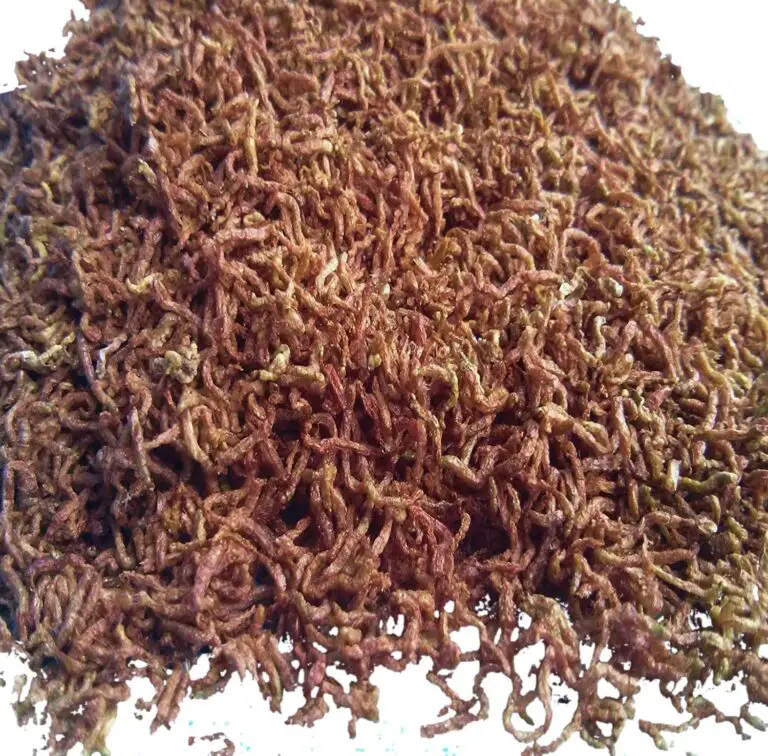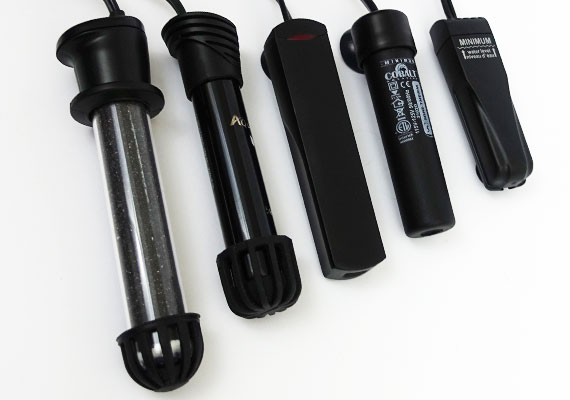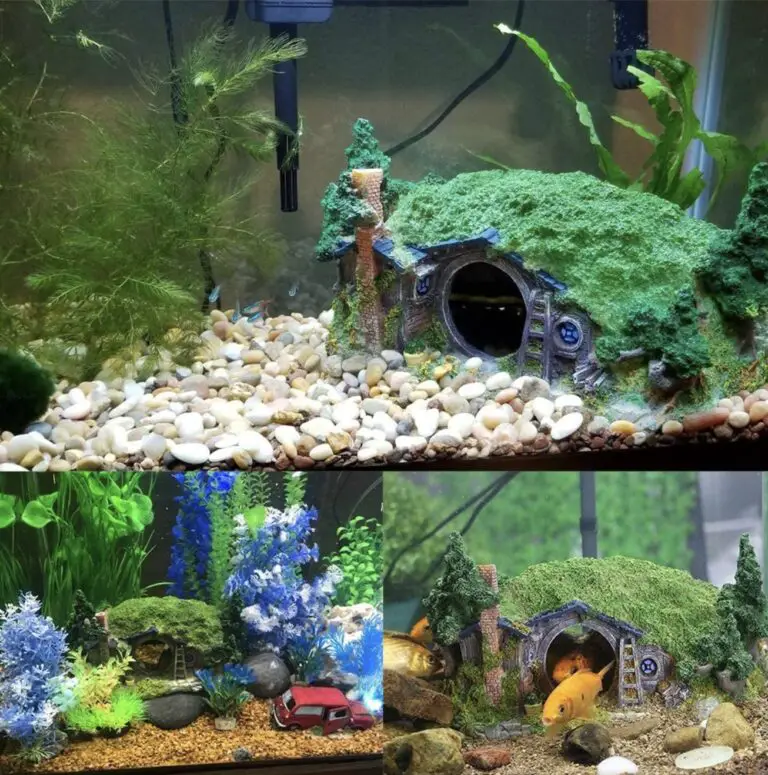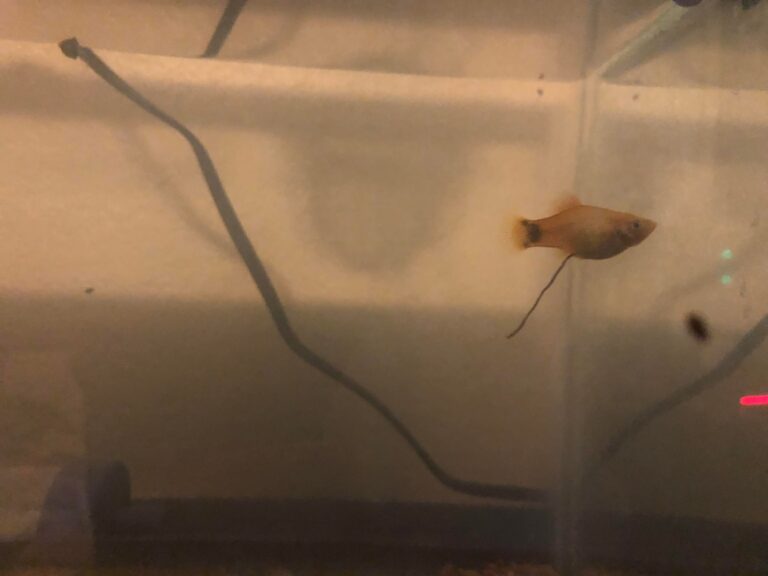How to Raise KH in Aquarium?
Raising the KH (carbonate hardness) in an aquarium is important for maintaining a healthy environment and preventing pH fluctuations. The most common way to do this is by adding a product called buffer, which contains salts that can increase the KH level. To use buffer, dissolve it in dechlorinated water according to package instructions then add it to your tank.
Alternatively, you can also raise KH levels naturally by adding crushed coral or limestone rocks to your aquarium filter media or substrate. Test the water regularly with a test kit to ensure that you have reached the desired level of carbonate hardness before introducing fish into your aquarium.
- Test the Aquarium Water: It is important to test your water for levels of total alkalinity and pH regularly. If you find that either of these two parameters are out of balance, it may be necessary to raise KH in the aquarium.
- Add a Buffer Agent: To raise KH, you should add a buffer agent such as sodium bicarbonate or potassium bicarbonate into your tank water. The amount of product needed will vary depending on the size and type of aquarium, so follow the directions provided by the manufacturer carefully when adding any chemical solutions to your tank.
- Monitor Your Tank Regularly: After adding a buffer agent, monitor your tank’s chemistry closely with regular testing kits until it reaches an acceptable level (typically between 80 – 120 ppm). Make sure not to overshoot this range as too much carbonates can cause rapid changes in other aspects of water quality including pH levels which could harm fish and plant life in your aquarium
- Perform Regular Maintenance: To maintain proper KH levels going forward, perform regular partial water changes every month or so using treated tap water (or reverse osmosis/deionized if available). This helps facilitate natural buffering processes within the system while keeping harmful toxic build-ups away from aquatic life inhabiting it!

Credit: fishlab.com
What Happens If Kh is Too Low?
If the KH (carbonate hardness) level of your aquarium water is too low, it can have a number of detrimental effects on the health and well-being of your fish. Low KH levels can cause rapid pH fluctuations in aquariums due to an insufficient buffer capacity, making it difficult for fish to adjust to their environment. This can be especially stressful for sensitive species such as Discus or South American Cichlids.
In addition, low carbonate hardness allows acidic substances like nitric acid from decomposing organic matter, which further contributes to pH instability and makes maintaining proper water quality more difficult.
Finally, when carbonate hardness is below 3-4 dKH (degrees of Carbonate Hardness), it can also lead to increased toxicity from heavy metals like copper and ammonia – both of which are very harmful for aquatic life! Therefore, it’s important that freshwater aquarists regularly monitor KH levels in their tanks and take steps to raise them if necessary through methods such as adding baking soda or crushed coral substrate.
Doing so will help ensure that your fish remain healthy and happy in their new home!
Does Baking Soda Increase Kh in Aquarium?
Using baking soda to increase the carbonate hardness (KH) in an aquarium is a common practice among aquarists, especially those who are keeping fish that prefer harder water. Baking soda increases the KH by raising the pH and adding alkalinity to the aquarium water. The amount of baking soda necessary for this purpose depends on the size of your tank and its current KH level.
To determine how much baking soda you need, you should test your tank’s KH levels with an aquarium test kit before adding anything to it. Once you have determined how much baking soda you need, slowly add it to your tank over several days so that your fish can adjust gradually. It is also important not to exceed recommended amounts because too much alkalinity can be toxic for some species of fish.
Additionally, when using baking soda make sure that there are no other sources of carbonates present as they could potentially interfere with its effectiveness or cause harmful reactions in certain types of fish or invertebrates.
How Do I Restore the Kh in My Aquarium?
Restoring the KH in your aquarium may seem like a daunting task, but it doesn’t have to be. The first step is to identify what type of KH you need for your tank. Depending on the livestock and plants in your tank, different levels of KH are suitable.
Once you’ve determined what level of KH is needed for your aquarium, there are several ways to increase or restore it. One way is to use baking soda (sodium bicarbonate). This can be added directly into the water column at a rate of 1 teaspoon per 10 gallons as an initial dose with follow-up doses as necessary until desired levels are achieved.
Another method involves adding crushed coral or aragonite sand which will slowly release alkaline compounds into the water over time and help maintain stable pH levels for longer periods of time between water changes. Finally, if all else fails there are commercial products available that help replenish lost alkalinity such as buffer solutions or liquid supplements containing carbonates and bicarbonates specifically designed for restoring aquarium KH levels back up to their proper range. By following these steps, you’ll have no trouble restoring the desirable level of Kh in your aquarium!
How Do I Increase KH And Gh in My Aquarium?
When it comes to increasing KH and GH in your aquarium, there are a few simple steps you can take. To start, add some buffer or mineral salt to your tank water. This will help raise the alkalinity (KH) and hardness (GH) levels of the water.
Additionally, you can use additives such as baking soda or calcium chloride which will also help stabilize the pH of your tank’s water. Finally, make sure that you’re changing out about 10-15% of your aquarium’s water every week; this helps keep nitrate levels down and prevents any build up of waste that could cause an imbalance in KH and GH levels. Over time, these methods should help create a more balanced environment for all lifeforms living in your aquarium!
Beginning Guide To kH Part 3 – How To Raise Or Lower A Tank’s kH?
Baking Soda to Raise Kh in Aquarium
Baking soda is a great way to raise the KH (carbonate hardness) in your aquarium. This is because baking soda contains bicarbonates which help buffer pH and increases alkalinity, making it ideal for fish that need more stable environments. When adding baking soda to an aquarium, one should always use a small amount at first and test the water parameters before adding more.
Adding too much can do more harm than good so be sure to follow instructions closely when using this product!
How to Raise KH Without Raising pH?
One way to raise KH without increasing the pH is by using a buffer, such as sodium bicarbonate. Sodium bicarbonate can increase the carbonate hardness without affecting the overall pH of the water. However, it’s important to note that adding too much sodium bicarbonate can make your tank overly buffered, so adding small amounts and monitoring levels regularly is key for successful use of this method.
How to Raise KH And pH in Aquarium?
Raising the Kh and Ph in your aquarium is essential for maintaining a healthy environment for your fish. The best way to do this is by adding buffer solutions that will help keep the water alkaline, while also increasing the Ph level. Additionally, regular water changes can help prevent an accumulation of pollutants that could cause fluctuations in Ph or Kh levels.
Finally, supplementing with calcium supplements can provide additional buffering capacity if needed.
Low KH in Aquarium
Low KH levels in aquariums can be caused by several factors including inadequate buffering, excessive plant growth, the use of reverse osmosis (RO) water and overstocking with fish. Low KH can lead to pH fluctuations which can stress out your fish and cause them to become ill or die. It is important to regularly monitor your aquarium’s KH level using a reliable test kit and take steps to increase it as needed such as adding calcium carbonate or other buffers.
How to Raise KH And Lower GH?
Raising KH (Carbonate Hardness) and/or lowering GH (General Hardness) in an aquarium can be accomplished by using certain products such as a reverse osmosis filter, which removes all minerals from the water. Additionally, adding buffer solutions to the water will raise KH levels, while reducing GH levels. Finally, for larger changes in either parameter it may also be necessary to partially or completely replace some of the tank’s existing water with dechlorinated tap water or RO/DI filtered water.
Ideal Kh Level Freshwater Aquarium
A healthy freshwater aquarium should maintain a KH level of between 4-8 dKH (degrees of carbonate hardness). This is important as it helps to buffer the pH and keeps it from fluctuating too much. A KH level that is too low can result in an unstable pH, which can be hazardous to the fish and other inhabitants living in your aquarium.
If you find that your KH levels are lower than ideal, use a commercial substrate additive or add baking soda to raise them up.
How to Lower KH in Aquarium?
One of the most effective ways to lower KH in an aquarium is to use a reverse osmosis (RO) filter. An RO filter will remove dissolved minerals, such as carbonates and bicarbonates, from your tank water which can help reduce KH levels. You will also need to perform regular partial water changes with dechlorinated tap or purified source water, as this will also help keep KH down by removing excess mineral buildup over time.
What is KH in Aquarium?
Kh, or Carbonate Hardness, is an important measurement of water chemistry in aquariums. It measures the amount of dissolved carbonates and bicarbonates present, which helps maintain a stable pH level in the tank. High Kh levels can cause rapid changes to pH when too much acid enters the system from fish waste and excess food.
Low Kh levels can also be problematic as it indicates there isn’t enough buffering capacity for acidic elements like ammonia and nitrite that can harm your fish. Testing for Kh regularly is essential for keeping a healthy aquarium environment for your fish to thrive!
Conclusion
Raising Kh in an aquarium can be a great way to maintain healthy water conditions and promote the well-being of your fish. By using baking soda, adding crushed coral, or using liquid buffers, you can easily increase your aquarium’s alkalinity levels. Regularly testing for pH and KH is important for keeping track of changes in water chemistry and making adjustments when necessary.
With these tips in mind, you’re sure to have success raising Kh levels in your tank!
